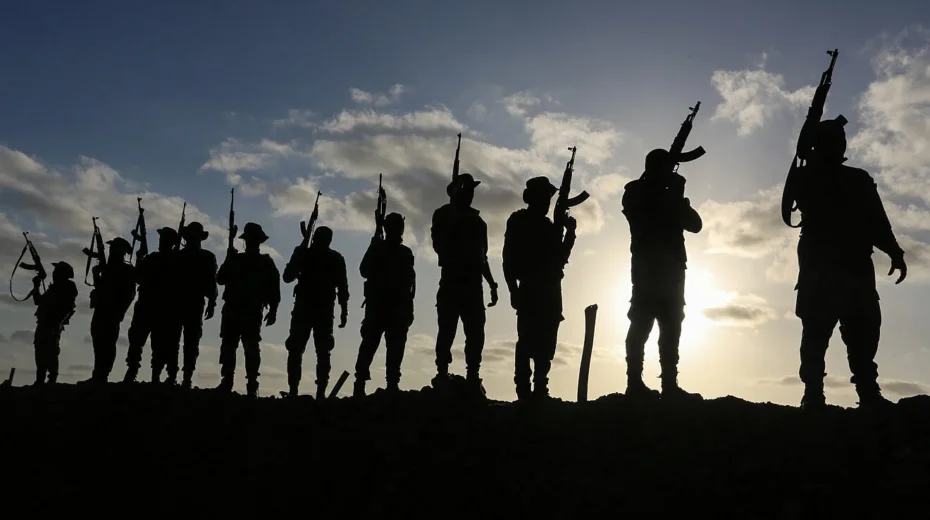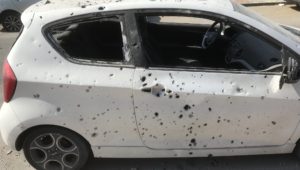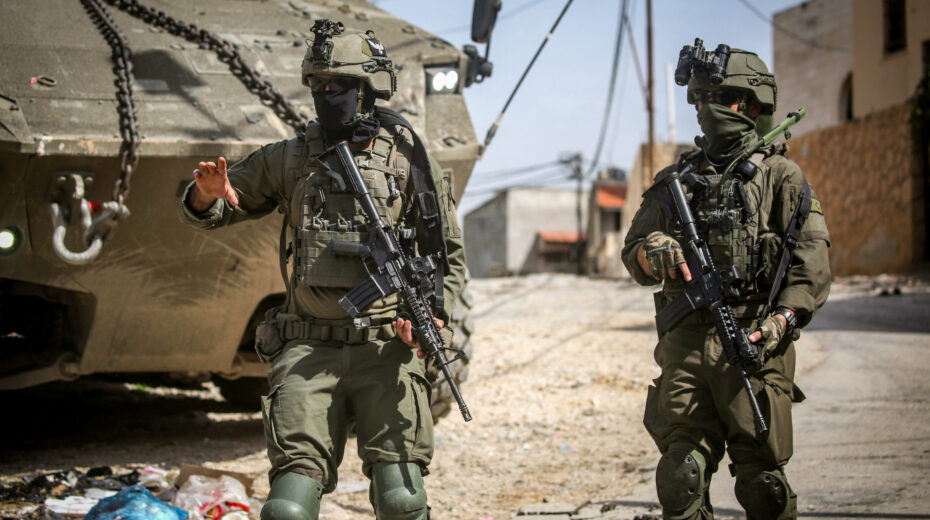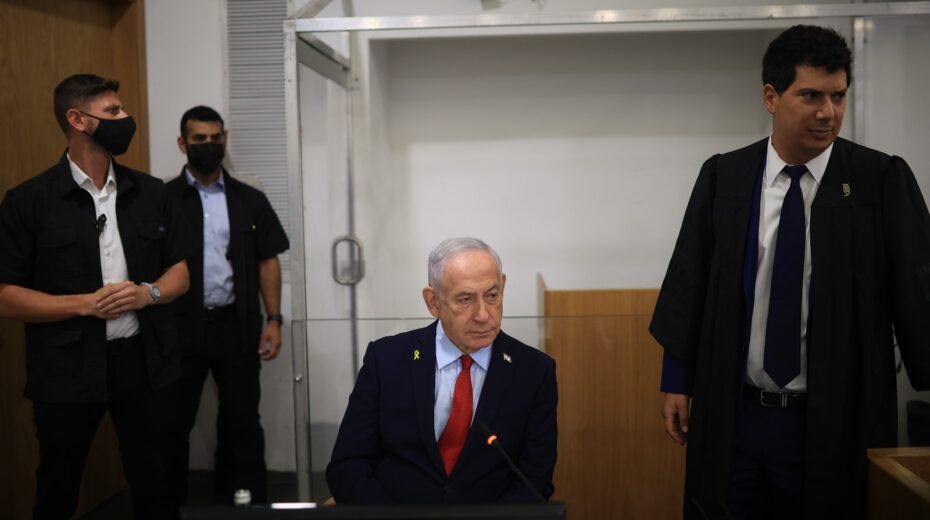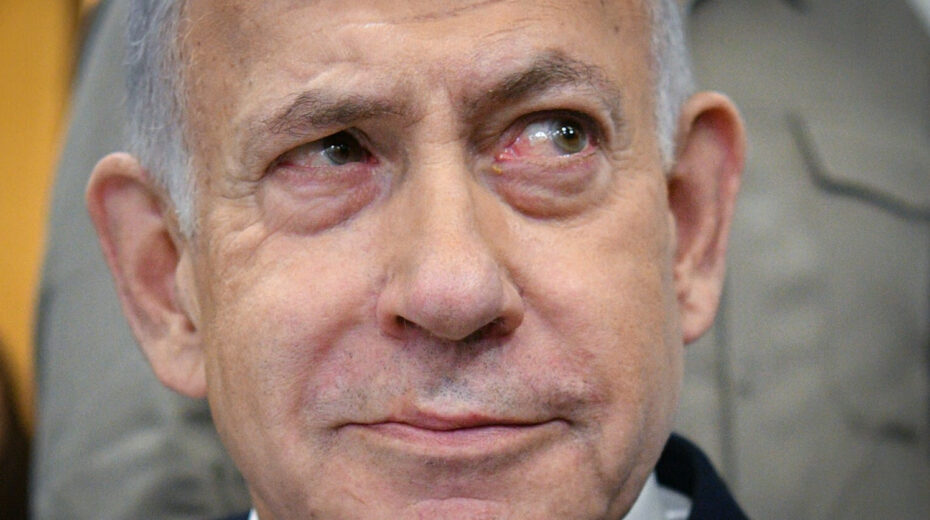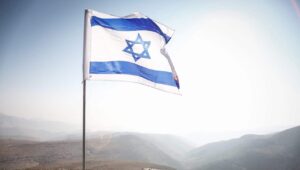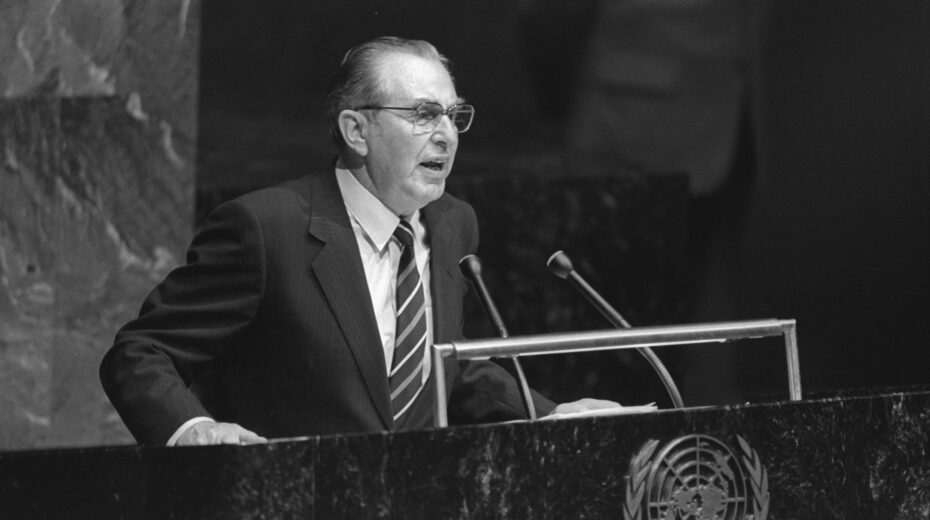With the death in an IAF strike of Mohammed Sinwar on May 13, Hamas-Gaza finds itself almost entirely bereft of leadership. The remaining top figures—battalion commanders Izz al-Din al-Haddad and Raed Saad—are expected to assume control.
According to Israeli assessments, Rafah Battalion commander Muhammad Shabana, aka Abu Anas, may also have been present at Sinwar’s compound and could have been killed as well.
The vast majority of members of the Hamas political bureau in the Gaza Strip, the so-called shadow government, have either been killed or fled abroad.
Against this backdrop, it appears that the position of other terrorist organizations in Gaza is set to strengthen. It’s not just Palestinian Islamic Jihad, which still manages to occasionally fire rockets; more than 15 additional groups and smaller cells are active in the Strip.
Some operate as Iranian proxies; others are aligned with the Islamic State and Al-Qaeda.
Palestinian Islamic Jihad: The brutal younger brother
On the eve of the Oct. 7, 2023, massacre, an estimated 10,000 terrorists operated under the PIJ banner. The second-largest group in Gaza, it was founded in 1981 by Fathi Shaqaqi (1951–95) and drew inspiration from Iran’s 1979 Islamic Revolution.
Experts believe it is now directly subordinate to Tehran’s Islamic Revolutionary Guard Corps and receives tens of millions of dollars in support.
Unlike Hamas, PIJ’s senior leadership—Secretary-General Ziyad al-Nakhalah, his deputy Muhammad al-Hindi and “military” wing commander Akram al-Ajouri—is based abroad.
Its structure in Gaza mirrors Hamas’s 24 battalions, each in charge of a sector.
After the collapse of the Assad regime in Syria, which PIJ supported due to its Iranian alliance, Islamist rebels came to power, leading to the arrest of several PIJ leaders in the country and the relocation of others.
The Popular Resistance Committees: More radical than Hamas
The third-largest organization in Gaza, after Hamas and PIJ, is the Popular Resistance Committees, a coalition of terrorist groups that operates a “military” wing known as the Salah al-Din Brigades.
At the onset of the war, its commander, Raafat Harb Hussein Abu Hilal, was killed. The group is composed of defectors from Hamas, Fatah, the Popular Front and other factions. It was founded during the Second Intifada by Jamal Abu Samhadana (1963–2006), a terrorist who had cooperated with Hamas.
The group dug smuggling tunnels along the Philadelphi Route on Gaza’s Sinai border and received backing from Hezbollah and Iran. Samhadana was killed in an Israeli airstrike in 2006, leading to a split into three factions:
- The core Popular Resistance Committees;
- The Popular Resistance Movement; and
- Jaysh al-Islam (“Army of Islam”).
The latter two are associated with the Durmush clan, which operates several armed militias in Gaza. Initially, they tried to undermine Hamas rule in cooperation with Fatah, but later they became even more radical.
This week, Palestinian sources reported that a senior member of the Committees, Ahmad Sarhan, allegedly responsible for kidnapping Israelis on Oct. 7, was killed by an Israeli special unit in central Khan Yunis, according to the Saudi-owned, London-based newspaper Asharq Al-Awsat.
Mujahideen Brigades: Behind the Bibas family murders
Another terrorist group that made headlines is the Mujahideen Brigades. This faction splintered from Fatah in the mid-2000s and includes former members of Fatah’s Al-Aqsa Martyrs Brigades.
Like others, it was part of the joint operations room of Palestinian factions in Gaza, led by Hamas. It cooperated with operatives from various organizations and operated under Hamas protection.
Mujahideen Brigade terrorists were involved in the kidnapping and murder of Shiri, Kfir and Ariel Bibas. A smaller faction called the Lords of the Wilderness also participated.
Like Hamas, PIJ and Jaysh al-Islam, these groups adhere to Salafism, a fundamentalist stream of Sunni Islam aiming to revive the era of Muhammad’s companions and establish a caliphate reminiscent of the seventh century.
While Hamas has a long-term strategy rooted in the Muslim Brotherhood, these other groups believe in immediate jihad and the purging of “infidels.”
The Popular and Democratic Fronts: Terror and division
Two other terrorist groups operating in Gaza are the Popular Front for the Liberation of Palestine (PFLP) and the Democratic Front for the Liberation of Palestine (DFLP).
Once aligned with Marxist-Leninist ideology and the Soviet bloc, both now maintain ties with Iran and Hezbollah. They also took part in the Oct. 7 massacre. PFLP Secretary-General Ahmad Sa’adat is serving a 30-year prison sentence for orchestrating the 2001 assassination in Jerusalem of Israeli Tourism Minister Rehavam Ze’evi. During hostage negotiations, Hamas demanded his release alongside other prominent terrorists.
The DFLP split from the PFLP in 1969. Its 86-year-old leader, Nayef Hawatmeh, a Greek Catholic, resides in Syria. The group has reported dozens of casualties among its fighters during battles with the IDF.
Another faction in the Hamas operations room is the Popular Front for the Liberation of Palestine–General Command, established in 1968 by Ahmad Jibril after breaking from the PFLP due to his loyalty to Syria’s Hafez Assad. Jibril died in 2021.
The current secretary-general, Talal Naji, based in Damascus, was briefly detained this month by Syria’s new Islamist regime under Ahmad al-Sharaa.
Independent cells: Hamas’s subcontractors
Various terrorist cells composed of Fatah defectors also operate in Gaza, grouped into at least four “independent” Al-Aqsa Martyrs Brigades, funded by Iran.
Another group, the Palestinian Freedom Seekers Movement, was founded by Ahmad Abu Hilal, who led it until 2021 before pledging allegiance to Hamas. Like other Fatah offshoots, these operatives often function as Hamas subcontractors.
So far, we’ve identified 12 organizations cooperating with Hamas: PIJ, the Resistance Committees, the three Fronts, four Al-Aqsa Brigades factions, Abu Hilal’s group, the Mujahideen Brigades and the Lords of the Wilderness.
These groups held joint training before the war, coordinated by Ayman Nofal, the Hamas Central Camps Brigade commander, who was killed during the war.
Islamic State and Al-Qaeda: Loyal to none but themselves
In addition, several terrorist cells unaffiliated with Hamas are active in Gaza, aiming to establish caliphates loyal to the Islamic State or Al-Qaeda. The main Al-Qaeda-linked faction is Jaysh al-Islam, which, as mentioned, splintered from the Resistance Committees and has ties to the Durmush clan.
The clan was considered as a conduit for humanitarian aid early in the war. In 2007, Jaysh al-Islam kidnapped British journalist Alan Johnston, who was released after four months. Two American journalists were kidnapped by a cell linked to Jaysh al-Islam known as the “Holy Jihad Brigades.”
Alongside Hamas and the Popular Resistance Committees, Jaysh al-Islam was also involved in the 2006 kidnapping of IDF soldier Gilad Shalit.
Egyptian officials have accused these cells of collaborating with Islamic State operatives in the Sinai Peninsula and with the 2011 church bombing in Alexandria. The group also claimed responsibility for other terrorist attacks in Egypt.
Disarming Gaza: Mission impossible?
Reviewing the power map of terrorist groups in Gaza leads to a sobering conclusion.
Despite various plans to disarm the Strip as part of a post-Hamas agreement, the sheer number of armed factions raises serious doubts about whether such a goal is achievable.
Several of these groups are not loyal to Hamas and answer to foreign powers such as Iran. Given this complexity, Gaza’s future after the war remains more uncertain than ever.
Want more news from Israel?
Click Here to sign up for our FREE daily email updates


